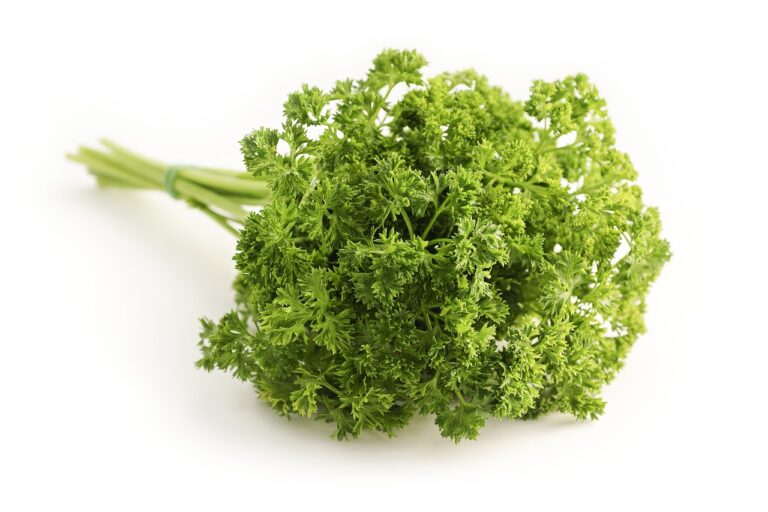Exploring Cultured Meat: The Future of Sustainable Protein
Cultured meat offers a sustainable alternative to traditional meat production, significantly reducing the environmental impact associated with raising livestock. By minimizing the need for land use, water consumption, and greenhouse gas emissions, cultured meat helps in conserving natural resources and combating climate change. This innovative approach also addresses concerns about animal welfare, as it does not require the slaughter of animals for meat production.
Moreover, cultured meat has the potential to enhance food security by increasing the global food supply without compromising on nutritional value. With the capability to be produced in a controlled environment, cultured meat can ensure a consistent and safe protein source for a growing population. This technology opens up opportunities for diversifying the protein sources available to consumers, contributing to a more sustainable and resilient food system for the future.
History of Cultured Meat
Cultured meat, also known as lab-grown meat or cell-based meat, has its roots in the early 20th century when scientists first began experimenting with growing animal cells in vitro. In 1931, Winston Churchill famously predicted the possibility of producing meat without the need for animals, sparking interest in the concept of cultured meat.
In the following decades, research and advancements in biotechnology paved the way for the development of cultured meat as a sustainable and ethical alternative to traditional animal agriculture. In 2013, the world witnessed the first-ever tasting of a cultured meatburger, marking a significant milestone in the history of cultured meat technology.
Difference between Cultured Meat and Plant-Based Meat
Cultured meat is grown from animal cells in a lab setting, replicating the texture and taste of traditional meat without the need to raise and slaughter animals. On the other hand, plant-based meat is made from plant ingredients such as soy, peas, or mushrooms, processed to mimic the look and flavor of meat.
While cultured meat is derived from animal cells, plant-based meat is entirely plant-based, making it suitable for vegetarians and vegans. Cultured meat production requires a small sample of animal cells to start the cultivation process, whereas plant-based meat relies on plant ingredients which are more sustainable and environmentally friendly.
What is the main difference between cultured meat and plant-based meat?
Cultured meat is produced by growing animal cells in a lab, while plant-based meat is made from plant ingredients like soy, peas, or mushrooms.
How is cultured meat made?
Cultured meat is made by taking a small sample of animal cells and growing them in a controlled environment to create muscle tissue.
What are the benefits of cultured meat?
Cultured meat has the potential to reduce the environmental impact of traditional meat production, as well as address ethical concerns related to animal welfare.
How long has cultured meat been in development?
The concept of cultured meat has been around since the early 2000s, but significant progress has been made in the last decade.
Is cultured meat considered a sustainable alternative to traditional meat?
Yes, cultured meat has the potential to be more sustainable than traditional meat production, as it requires fewer resources and produces less greenhouse gas emissions.
Are there any drawbacks to cultured meat production?
Cultured meat production is still in the early stages and there are challenges related to scale and cost that need to be addressed before it can become a mainstream alternative to traditional meat.







